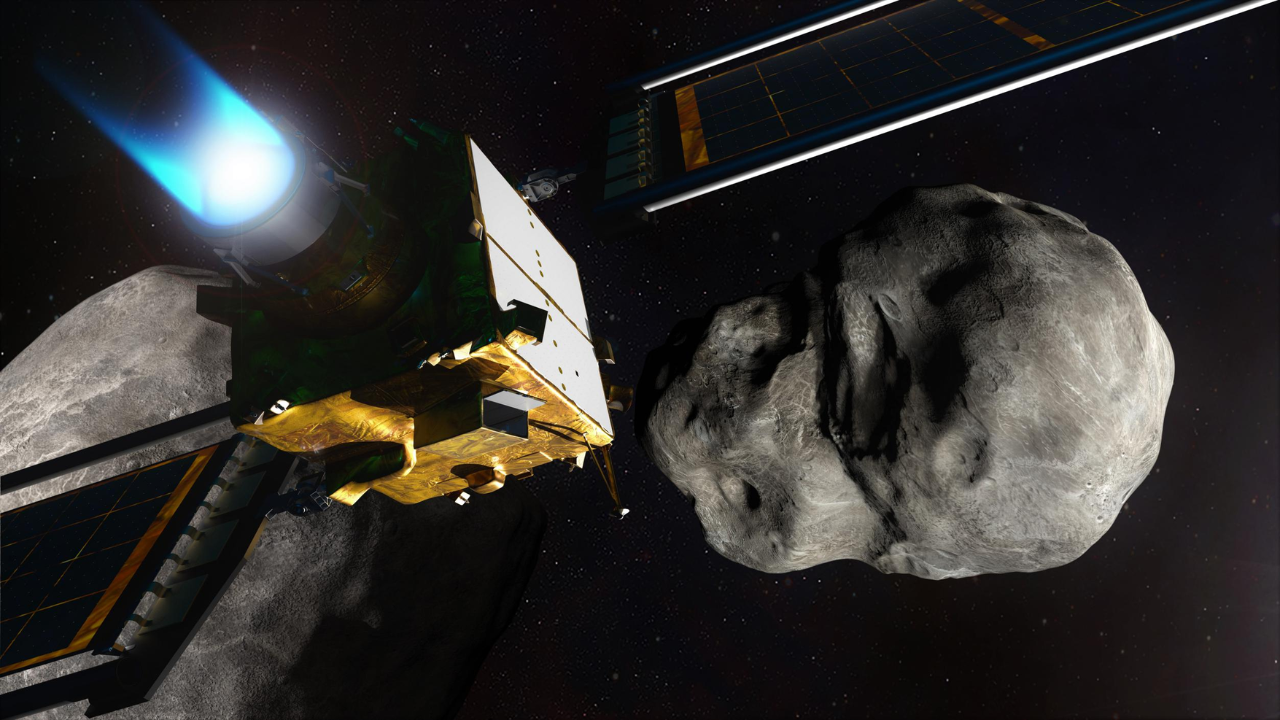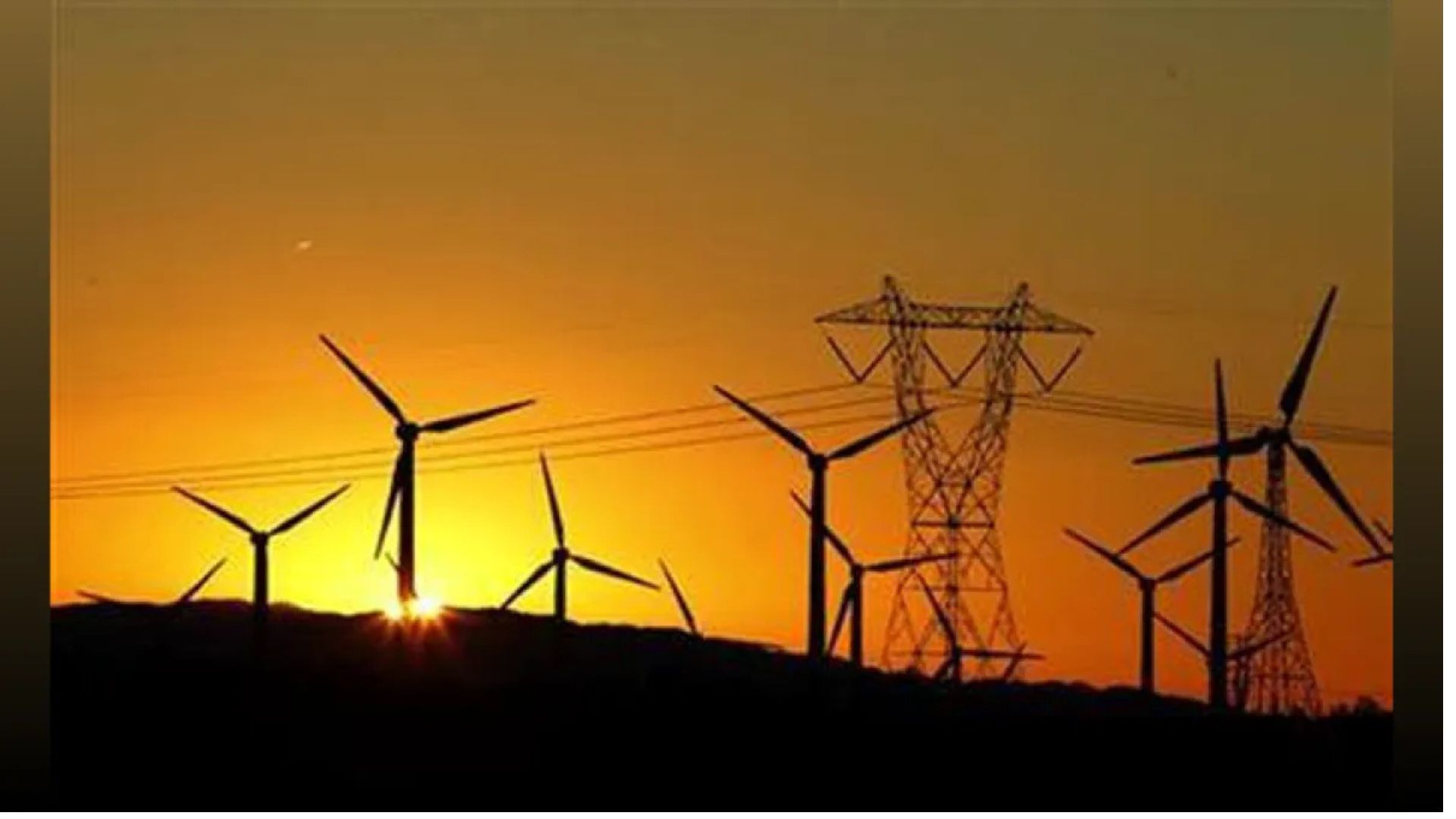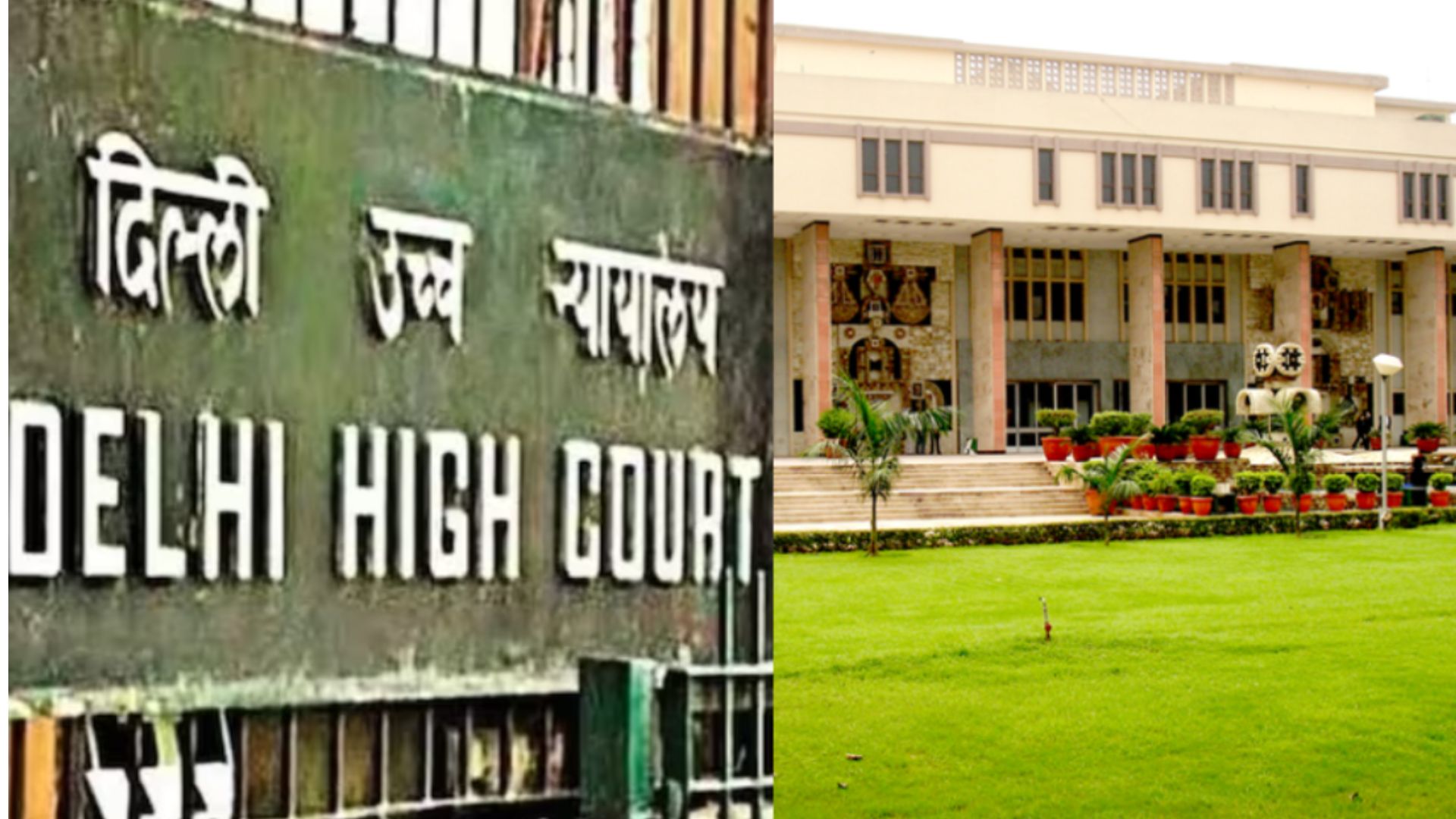
NASA has once again selected Elon Musk’s SpaceX for a crucial project. Announced on Tuesday, June 2, the U.S. space agency has awarded SpaceX a $69 million contract to launch the Compton Spectrometer and Imager (COSI) spacecraft into low Earth orbit.
Utilizing SpaceX’s Falcon 9 rocket, the mission will send a space telescope into orbit to study the universe through high-energy gamma-ray light. The launch is scheduled for August 2027 from Cape Canaveral Space Force Station in Florida. This mission aims to detect and study soft gamma rays and their sources both within our galaxy and beyond.
Previously chosen by NASA in 2021 for the Small Explorer (SMEX) program, COSI had an estimated budget of $145 million, excluding launch expenses. Despite this prior selection, NASA has remained tight-lipped about the number of companies that bid for this launch, citing the information as “source selection sensitive.”
The Falcon 9 rocket, known as the busiest active rocket in the industry, has already completed 67 launches this year alone. This significant track record has undoubtedly contributed to its selection for the COSI mission.
The COSI mission represents a collaborative effort, involving notable institutions such as the University of California, Berkeley’s Space Sciences Laboratory, the University of California, San Diego, the Naval Research Laboratory, NASA’s Goddard Space Flight Center, and Northrop Grumman.
Adding to SpaceX’s impressive portfolio, NASA has also chosen the company to handle the eventual deorbiting of the International Space Station (ISS). Post-2030, when the ISS is scheduled for retirement, SpaceX will deploy a “Deorbit Vehicle” (USDV) to guide the space laboratory safely back into Earth’s atmosphere for a controlled destruction.
This announcement underscores the strong and expanding collaboration between NASA and SpaceX, aiming to push the boundaries of space exploration and technology.















